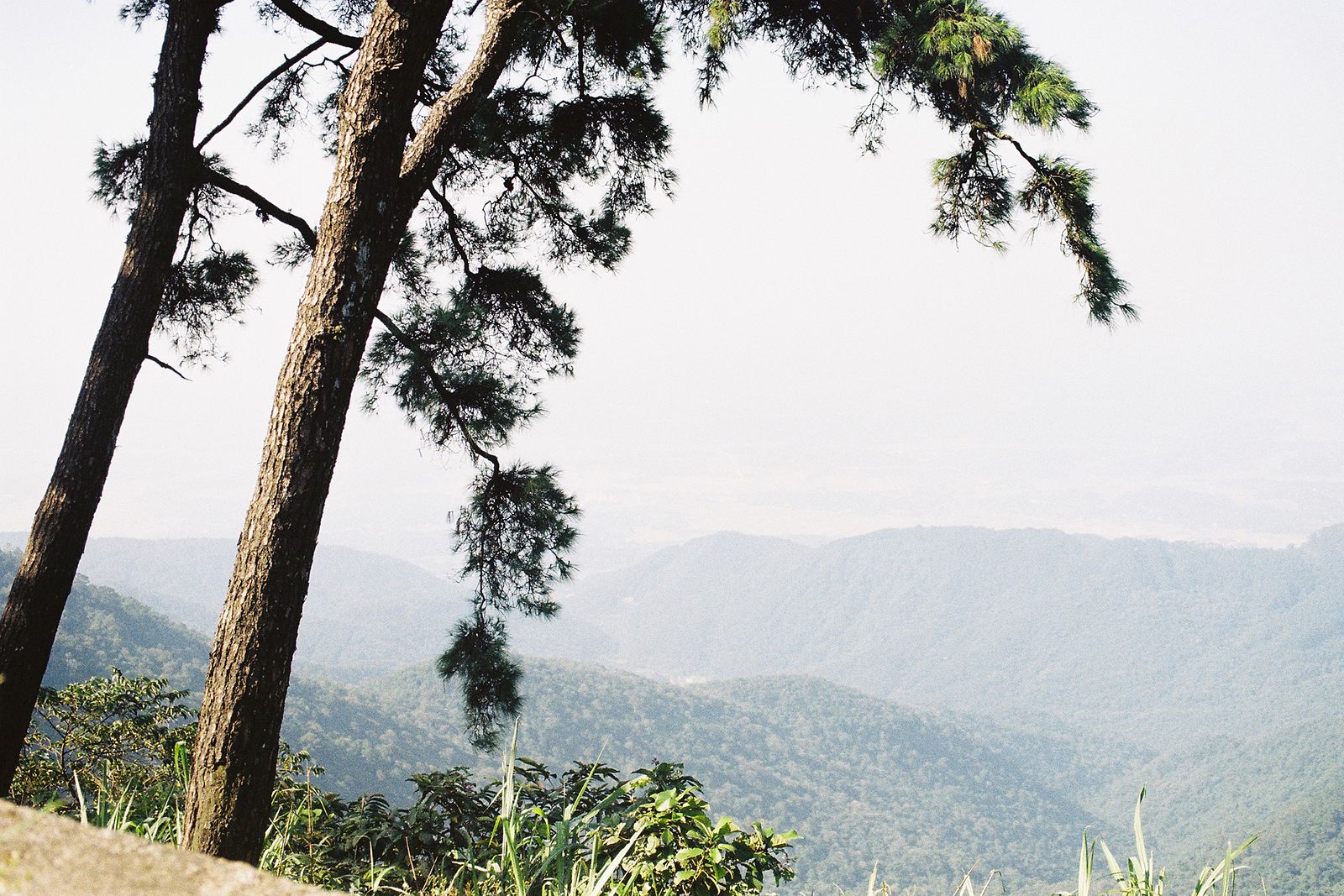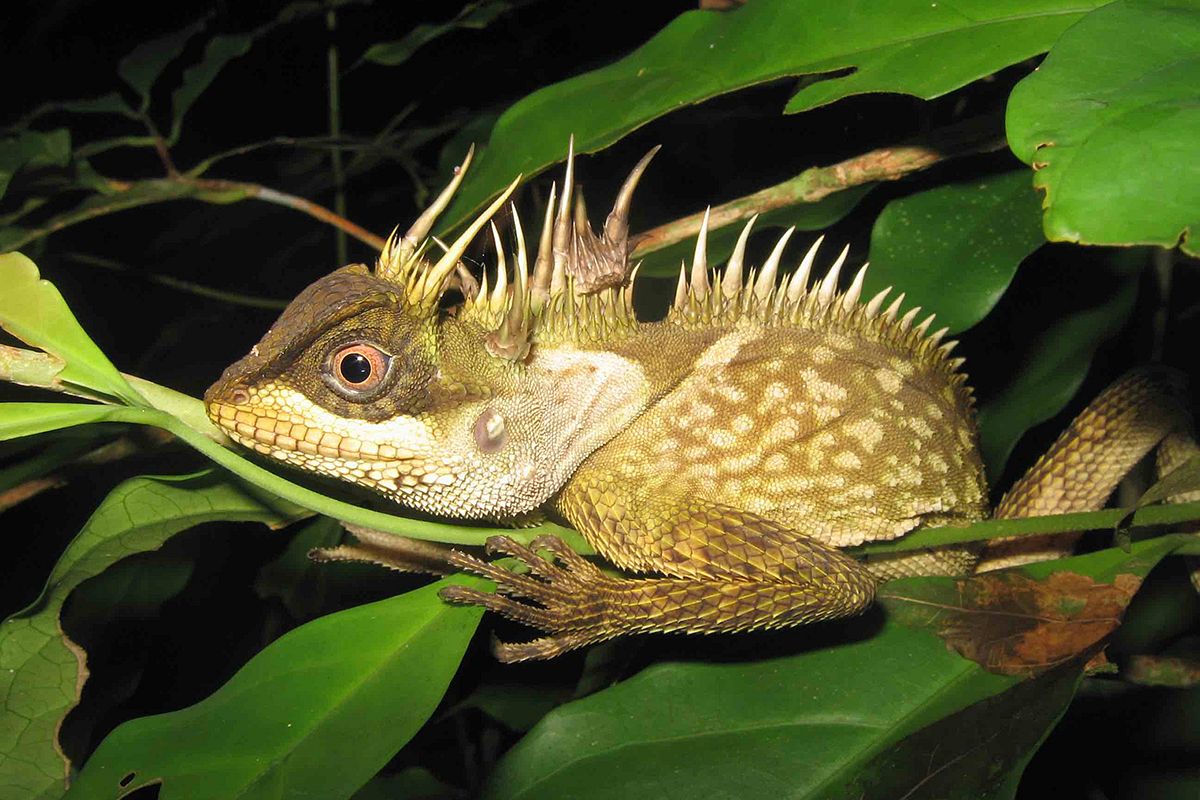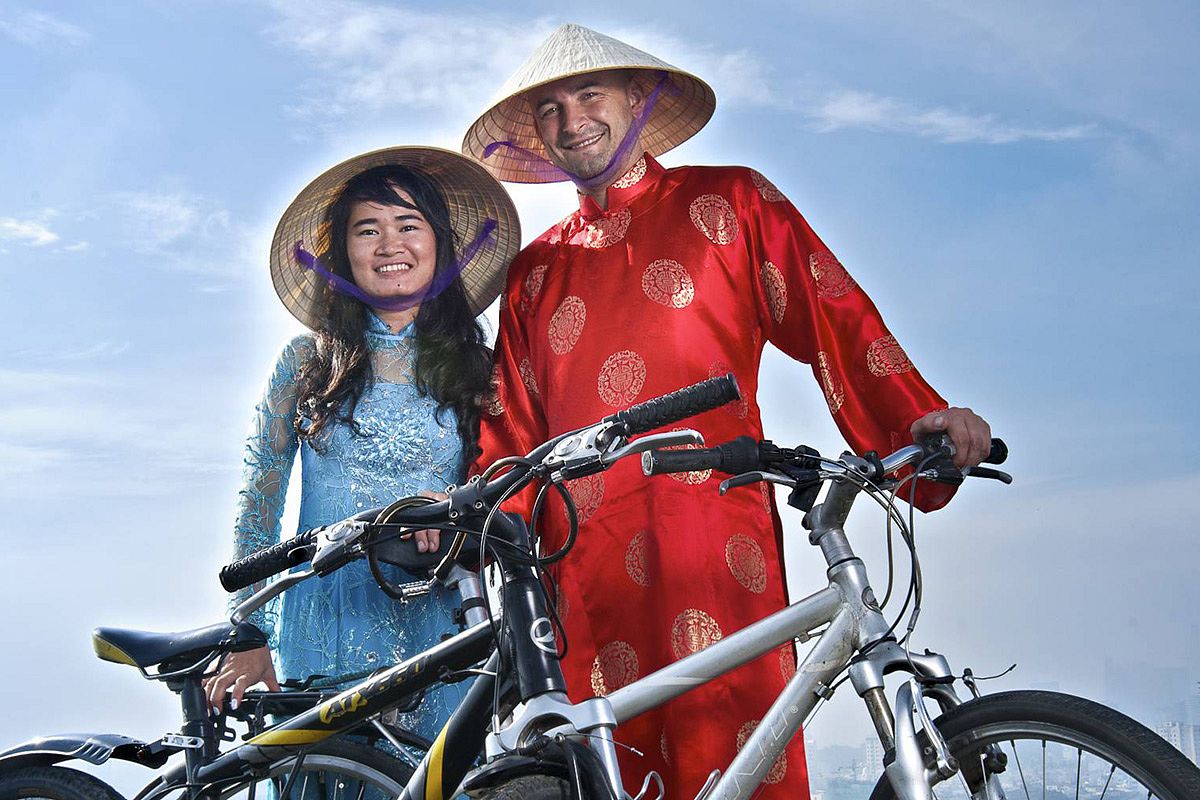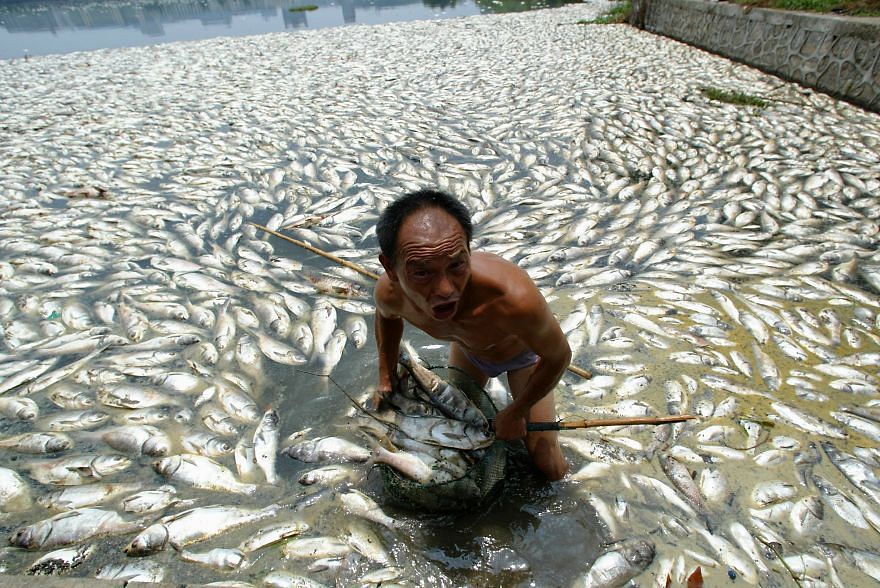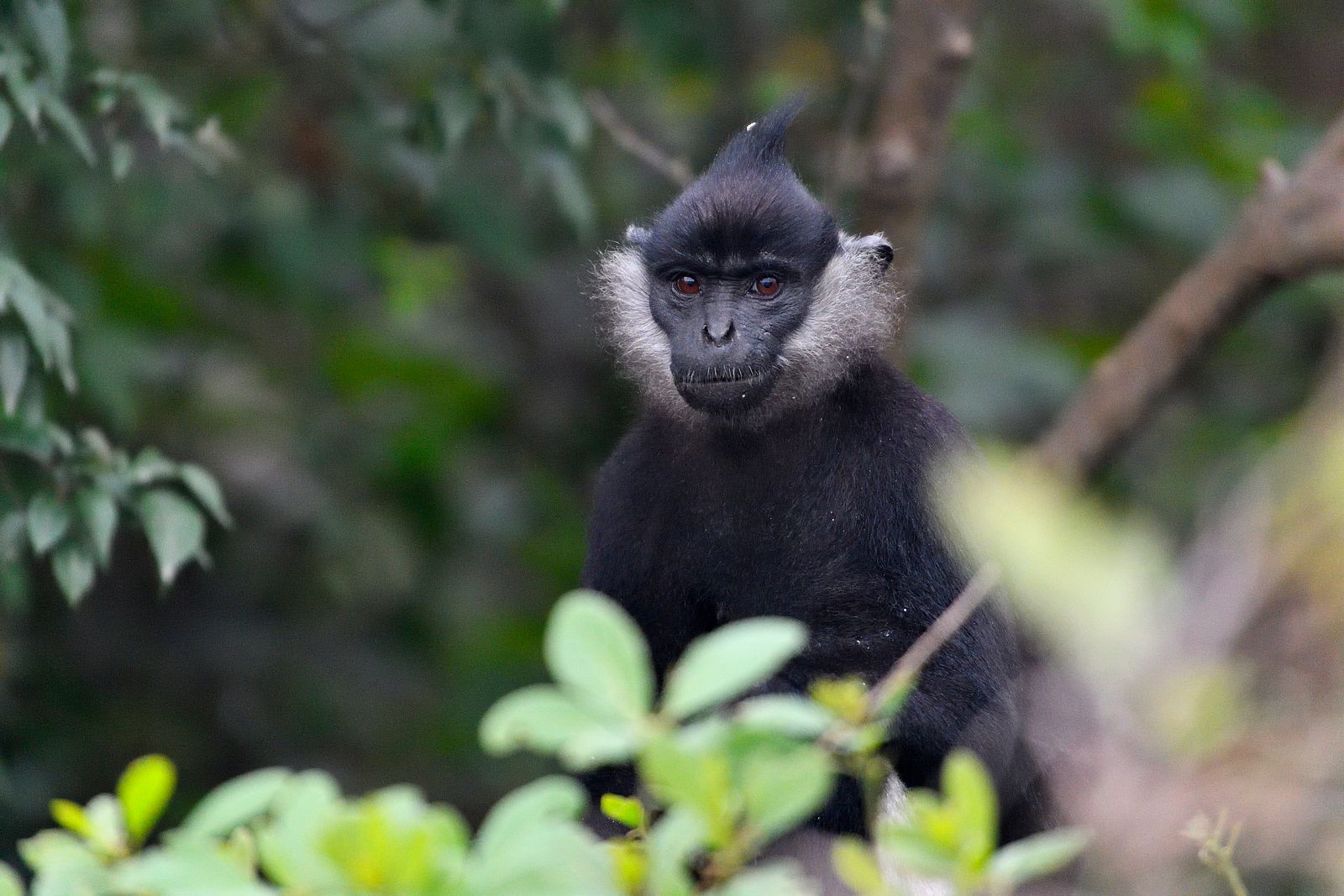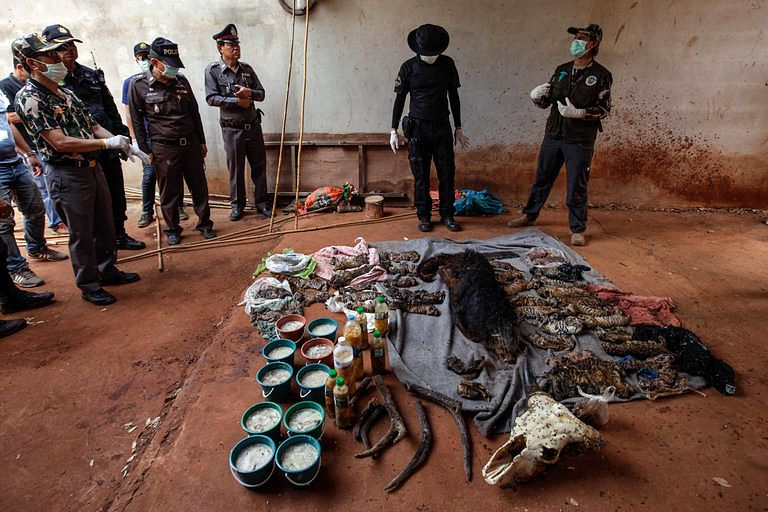Over the past few months, WWF has been running a multi-faceted campaign to spotlight the importance of sustainable ingredients from the Mekong Delta.
The collaboration kicked off last year with the Elements of the Mekong Delta networking dinner. Chef Trụ Lang and his team at Mùa Craft Saké worked with Nguyễn Thị Phương Uyên, head chef of Nam Mê Kitchen & Bar, to design a menu highlighting products from the WWF’s nature-based solutions (NbS) projects. Centered around floating rice, shrimps, crabs, lotus seeds, and freshwater prawns, the six-dish “Ăn Cơm” concept gave guests a taste of how Saigon foodies can support and benefit sustainable practices. By amplifying the visibility of the delta’s responsibly produced agriculture and aquaculture alongside the voices of farmers and communities embracing the projects, WWF hopes more consumers will consider the items for their homes and restaurants.


Elements of the Mekong Delta dinner.
One dinner alone isn’t enough to introduce these delicious, sustainably sourced ingredients to the many people who would appreciate their impact on both communities and the environment. That’s why WWF created Elements of the Mekong Delta, a four-part video series showcasing these products through the lens of culinary creativity. Each episode features a talented Saigon chef creating a dish with different NbS project ingredients, highlighting their unique flavors and versatility.

Filming day for Elements of the Mekong Delta video series.
In episode one, Chef Trụ Lang kicked things off with ốc bươu cơm tấm made with floating rice. Chef Anaïs Ca Dao van Manen followed up in episode two with tôm sú kakiage, pairing crispy black tiger prawns with delicate floating rice noodles. Episode three brought Chef Nghiêm Minh Đức’s refined cua Cà Mau consommé, and for the grand finale, Chef Peter Cường Franklin served up fried floating rice with dried cá chốt—a bold and flavorful tribute to Vietnam’s rich culinary heritage.




Each of the four dishes made for the Elements of the Mekong Delta series.
But Elements of the Mekong isn’t just about incredible dishes—it’s about the people and places behind them. While the chefs shared their love for these ingredients and the realities of sustainable cooking, we wanted to go further. Together with WWF, Saigoneer ventured into the heart of the Mekong Delta, traveling to Long An, Cà Mau, and Kiên Giang to meet the farmers themselves. We watched as they carefully harvested black apple snails, black tiger prawns, and mud crabs—ingredients that have been part of local traditions for generations. Seeing their deep connection to the land and the patience required for their work made every dish feel even more meaningful.

Farmers in the Mekong Delta invited Saigoneer into their home to learn about the NbS projects.
Now, these same ingredients are making their way into markets and kitchens across Saigon, ready for anyone to explore their flavors. Watch all four episodes of Elements of the Mekong and dive into the stories behind each dish here each dish here.
The Power of Sustainable Ingredients
Elements of the Mekong Delta’s mission to raise awareness for the availability of local, sustainably produced ingredients is of great importance. Compared to conventionally-produced fruits, vegetables, grains, meats, and seafood, they help protect ecosystems, promote biodiversity, and sustain the livelihoods of local farmers. By introducing fewer chemicals and pesticides into soil and waterways, allowing natural cycles to restore and replenish nutrients, and allowing native flora and fauna to thrive, sustainably produced products can ensure priceless nature continues while human communities can exist comfortably.

Farmers in Long An amongst the floating rice. Photo courtesy of WWF.
These efforts are particularly important in the Mekong Delta, which is facing numerous challenges that threaten the environment and jeopardize the livelihoods of those who depend on the region’s agricultural output. By improving the socio-economy and resilience of local communities through the bolstering of sustainable livelihoods, it becomes easier to protect and restore critical ecosystems, and vice versa.
Working with Nature to Restore the Mekong Delta
Restoring the Mekong Delta requires a multi-faceted approach, with NbS such as those featured in Elements of the Mekong emerging as one of the most promising strategies. WWF’s vision for addressing the region’s challenges spans the entire delta including the headwaters, central floodplains, and coastal regions. The strategically selected project sites are located near protected areas, national parks, and other ecologically significant landscapes to enhance biodiversity conservation and sustainable development.
Scaling up sustainable food production is at the heart of the WWF’s work and requires close collaboration with farmers, government agencies, and funding partners to promote food production systems that align with the delta’s natural flood cycles.


Ca Mau communities and farmers benefit from the NbS projects. Photos courtesy of WWF.
The projects include the CRxN Mekong Expansion – Vietnam Country project which is supported by WWF-Australia and DFAT to restore the floodplain in Láng Sen Wetland Reserve by transforming traditional to flood-based agricultural models that contribute to climate resilience.

U Minh Thượng National Park. Photo courtesy of WWF.
WWF is also working to preserve U Minh Thượng National Park, one of Vietnam’s last remaining peatlands by improving the lives of poor communities through the Conservation-Friendly Alternative Livelihoods project, supported by the Swiss Agency for Development and Cooperation (SDC). Meanwhile, in Cà Mau, a shrimp and rice rotation model is being deployed in mangrove canopies to ensure environmental and economic resilience.
What You Can Do
While WWF’s initiatives and similar efforts have made significant strides, restoring the Mekong Delta remains an ongoing challenge—one that requires continuous and collective support.

Photo courtesy of WWF.
By choosing sustainably sourced products, you play a vital role in empowering farmers to maintain eco-friendly practices, protect their livelihoods, and preserve this precious ecosystem for future generations.


